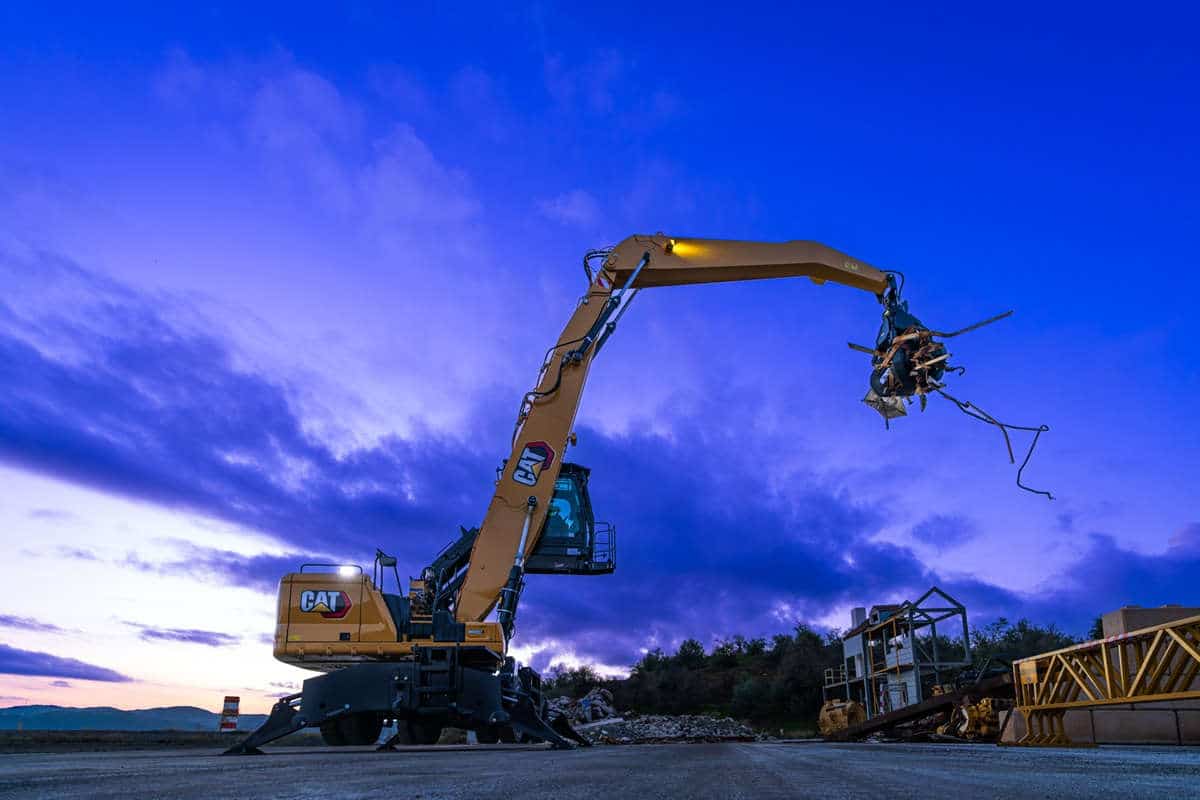Four Steps to Troubleshoot a Challenging Locate
An argument can be made that the most important part of any underground construction job is one of the first things that should be done: accurately locating the utility lines.
Work cannot begin on a jobsite until all utilities are identified. And it doesn’t matter how skilled a crew is at drilling or trenching. If existing facilities are not accurately marked, the installation risks being a failure.
While technological advancements have made the process both quicker and easier in recent years, the locating process still has its challenges. For one, underground infrastructure is getting more crowded by the day, leaving crews with more lines to locate and navigate around. Also, even the best locator can run into issues, such as “bleeding,” which is when more than one utility is energized during locating.
McLaughlin always stress with contractors that locating is critical to safety on the jobsite and in the surrounding area. That’s why it’s important not only to have the right tools, but to also have the right plan in place for when the unexpected occurs.
Change your approach
With that in mind, here are four steps crews can take to troubleshoot a difficult locate. Think of them as the four things you can change to find a solution:
Step 1: Change your grounds
The first thing to try to get a better locate: Change your grounds. That means you should move the ground stake to the opposite side of the target utility. This will help to eliminate signals from other utilities in the ground that may be causing bleed-off, which can lead to false or inaccurate locates.
Step 2: Change your frequency
With locating, it’s important to use every tool in your toolbox. At times, that means venturing from the frequencies you might be most comfortable with and trying others that are available on your locator. Even if it’s counter intuitive to what you learned early in your career, and even if that one frequency “always works for you,” changing your frequency can often help you get that accurate locate.
Step 3: Change your power method
Still having issues after trying steps 1 and 2? It’s time to change up your power method. If you’re direct connected, switch to inductive locating. If you’re using inductive locating, try the direct connect method. Maybe you’ve tried both of those — in that case, you’ll have to move on to a coil clamp if the jobsite allows for it. Similar to trying every frequency at your disposal, using a different power method can help you remedy precision issues.
Step 4: Change your angle
If these first three tips don’t fix the issue, it’s time to change your angle or move. Imagine you’re locating at a person’s house, and you’re having trouble finding the service. Locate the neighbor’s service to the main, and locate the main back into the customer’s service that you’re trying to find. A lot of times, using this method means you’ll get current to flow better and you’ll have more success.
Finding the right locator
If you’ve gone through these four steps, one of two things should have happened. Either you’ve successfully located the utility, or you’ve identified a line that cannot be accurately found with a locator. If you encounter the latter, it’s time to call in a vacuum excavator to investigate so that you can actually lay eyes on the utility to verify its location.
No matter the situation, one more tip is to have the right equipment from the outset. Features to consider when looking for a locator include whether it has a user-friendly design, its transmitter strength, the number of frequencies, its GPS mapping capabilities and more. But don’t forget about durability. Locators are handled frequently, and not always carefully. Weather can also affect electronic locators.
With good equipment and a skilled locator, most jobs are completed with little problem. Every once in a while, however, you’ll run into a challenging one. One of these four steps should help you successfully complete the job.
This article was written by Cody Mecham, regional sales manager at McLaughlin. It originally appeared in Trenchless Technology magazine, a sister publication to Utility Contractor. Tags: locating, Mclaughlin





